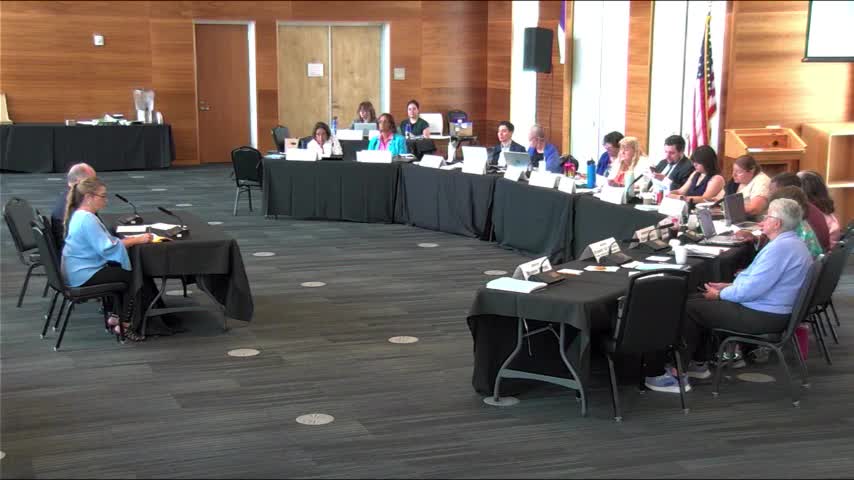New Mexico Proposes $5M for Health Professional Loan Repayment and Workforce Support
July 22, 2025 | Legislative Health & Human Services, Interim, Committees, Legislative, New Mexico
This article was created by AI summarizing key points discussed. AI makes mistakes, so for full details and context, please refer to the video of the full meeting. Please report any errors so we can fix them. Report an error »

In a recent meeting of the Legislative Health and Human Services Committee, significant concerns were raised regarding the funding and support for healthcare organizations in New Mexico. The discussions highlighted the challenges faced by federally qualified health centers and other organizations that rely on a mix of federal and state funding, particularly in light of new federal legislation that is expected to severely impact their revenue.
The Bridal Primary Health Care Act, originally funded at $20.5 million in 1981, has dwindled to approximately $6 million, which is now distributed among about 20 organizations. Experts predict that these organizations could face a revenue decline of up to 40% due to the recent changes in federal support. This situation underscores the urgent need for state intervention to maintain healthcare services, especially in rural areas.
One proposed solution is the Rural Primary Healthcare Act, which could provide essential funding if appropriated by the state government. Additionally, the New Mexico Health Service Court's funding has significantly decreased to around $300,000, prompting calls for an increase to $5 million to better support individuals in training for healthcare professions.
The meeting also addressed the health professional loan repayment program, which has proven effective in attracting healthcare professionals to the state. With many graduates facing substantial debt—dentists with over $500,000 and physicians with more than $200,000—enhancing this program could alleviate some financial burdens and encourage more professionals to practice in New Mexico.
Furthermore, the Statewide Workforce Committee, currently underfunded, was discussed as a critical entity needing financial support to effectively analyze and address workforce needs in the healthcare sector. The committee's limited resources hinder its ability to conduct comprehensive assessments beyond merely counting licensed professionals.
As the committee continues to explore these pressing issues, the implications for healthcare access and quality in New Mexico remain significant. The proposed funding increases and program enhancements could play a vital role in sustaining healthcare services and addressing the workforce shortages that have long plagued the state. The committee's next steps will be crucial in determining how effectively these challenges will be met in the coming months.
The Bridal Primary Health Care Act, originally funded at $20.5 million in 1981, has dwindled to approximately $6 million, which is now distributed among about 20 organizations. Experts predict that these organizations could face a revenue decline of up to 40% due to the recent changes in federal support. This situation underscores the urgent need for state intervention to maintain healthcare services, especially in rural areas.
One proposed solution is the Rural Primary Healthcare Act, which could provide essential funding if appropriated by the state government. Additionally, the New Mexico Health Service Court's funding has significantly decreased to around $300,000, prompting calls for an increase to $5 million to better support individuals in training for healthcare professions.
The meeting also addressed the health professional loan repayment program, which has proven effective in attracting healthcare professionals to the state. With many graduates facing substantial debt—dentists with over $500,000 and physicians with more than $200,000—enhancing this program could alleviate some financial burdens and encourage more professionals to practice in New Mexico.
Furthermore, the Statewide Workforce Committee, currently underfunded, was discussed as a critical entity needing financial support to effectively analyze and address workforce needs in the healthcare sector. The committee's limited resources hinder its ability to conduct comprehensive assessments beyond merely counting licensed professionals.
As the committee continues to explore these pressing issues, the implications for healthcare access and quality in New Mexico remain significant. The proposed funding increases and program enhancements could play a vital role in sustaining healthcare services and addressing the workforce shortages that have long plagued the state. The committee's next steps will be crucial in determining how effectively these challenges will be met in the coming months.
View full meeting
This article is based on a recent meeting—watch the full video and explore the complete transcript for deeper insights into the discussion.
View full meeting
